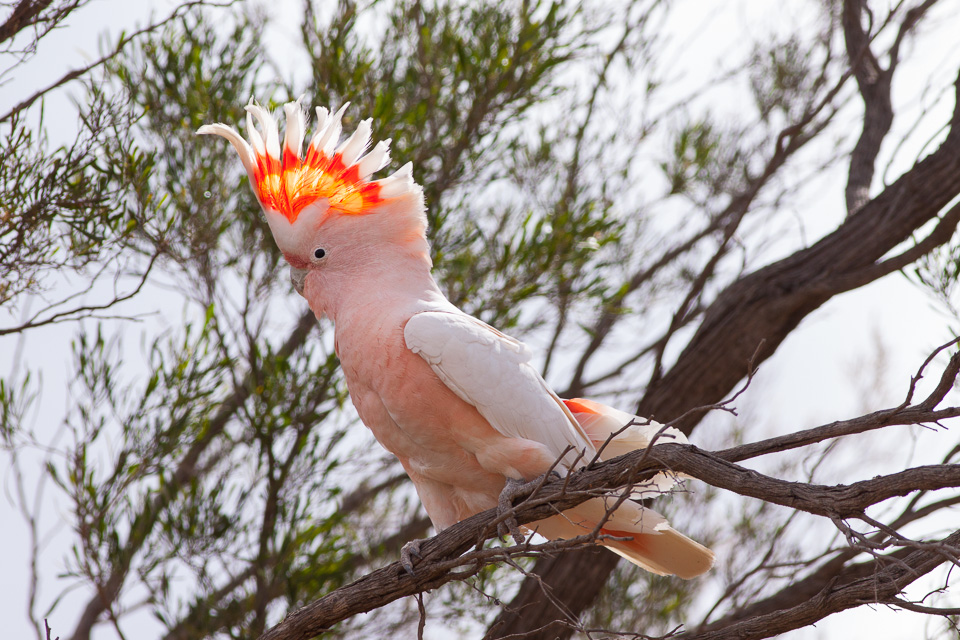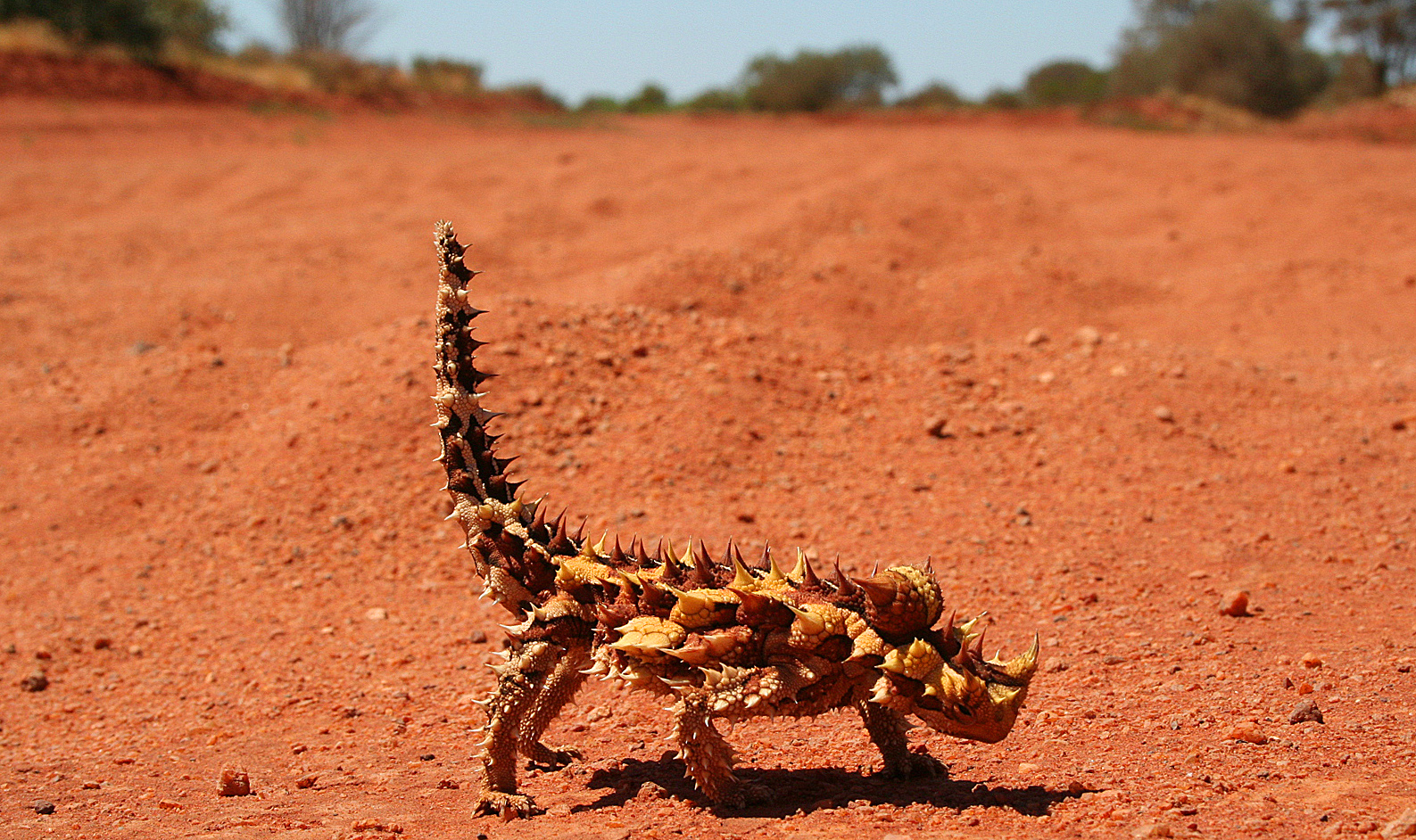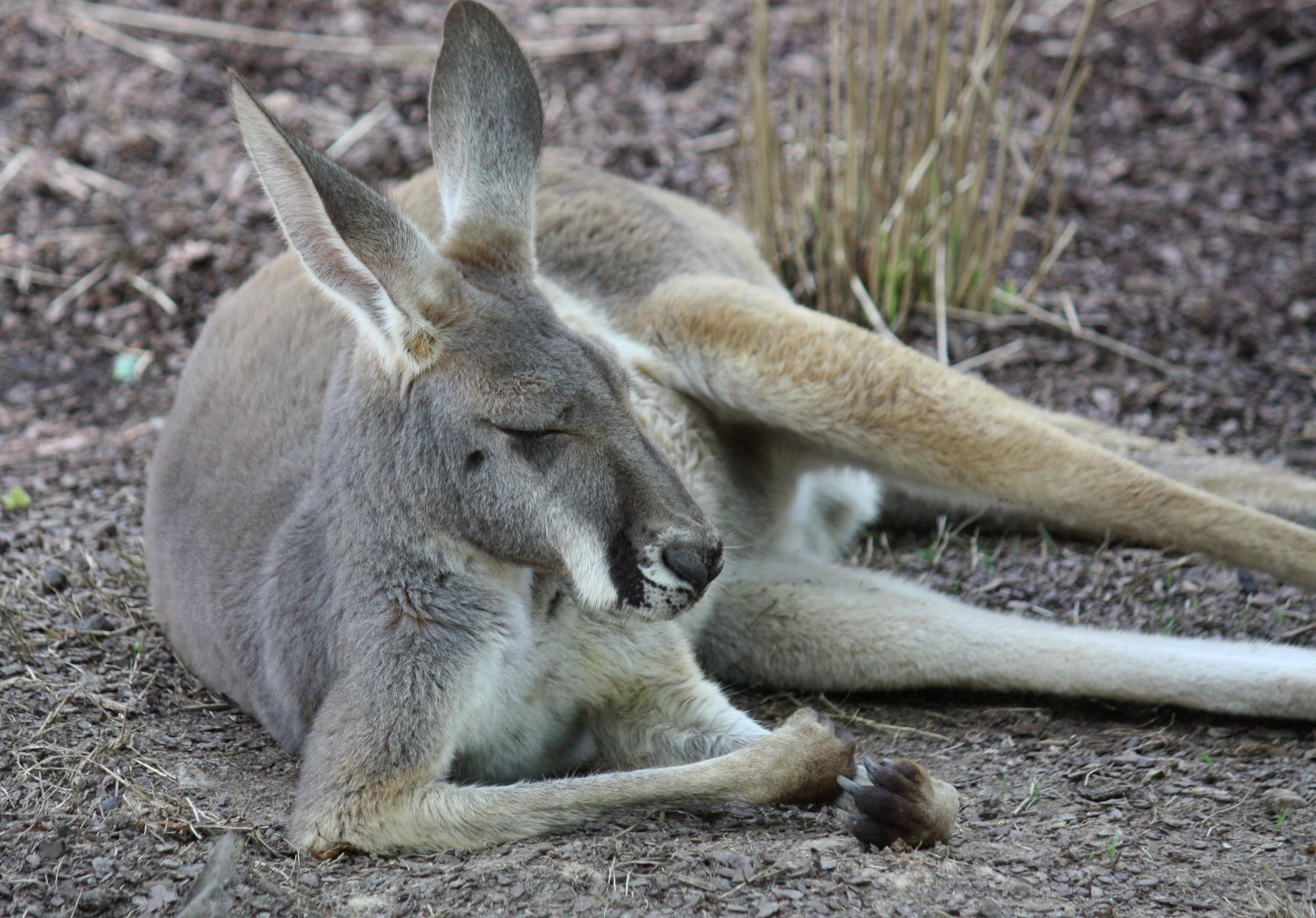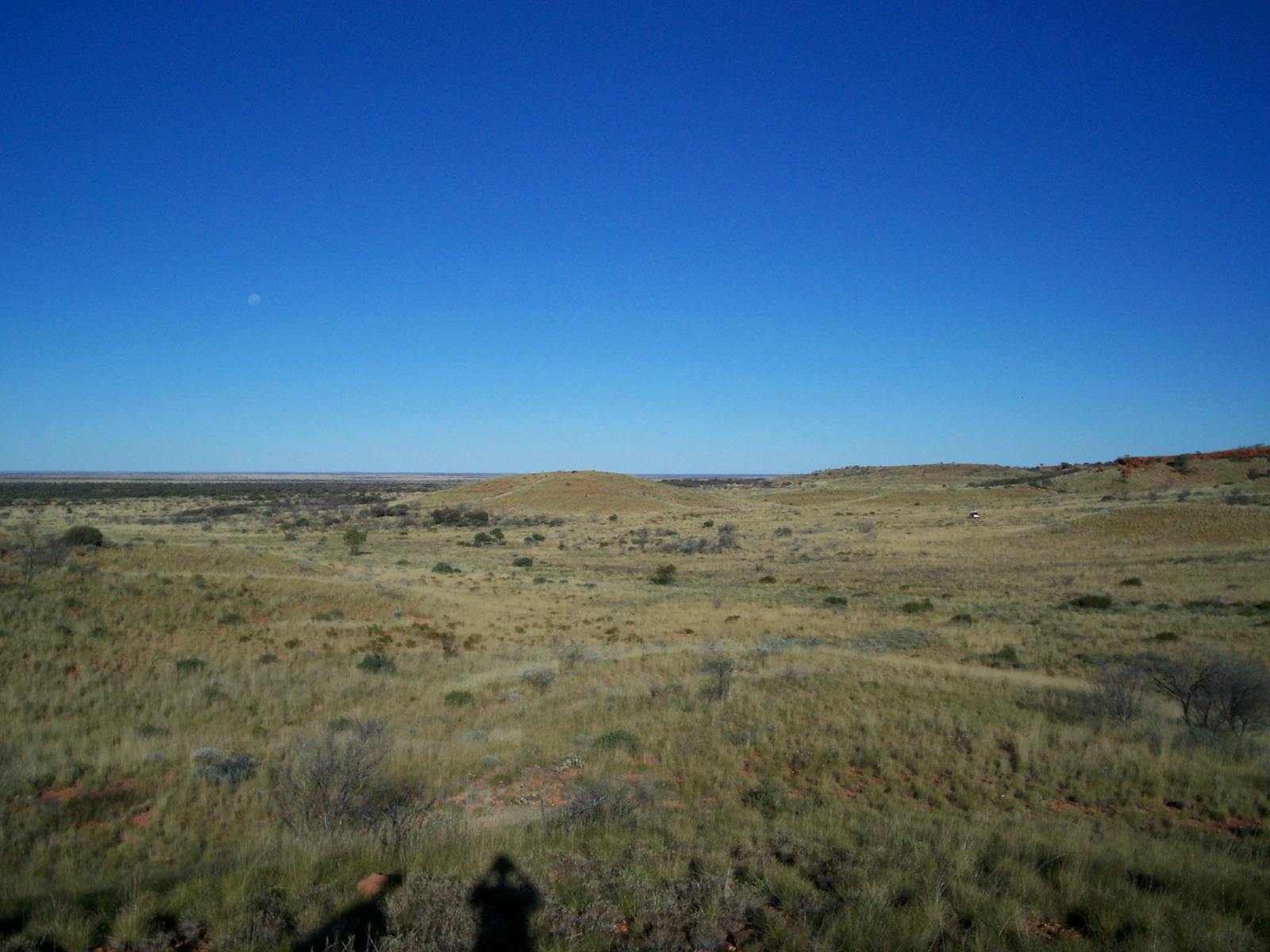Gibson Desert
The ecoregion’s land area is provided in units of 1,000 hectares. The conservation target is the Global Safety Net (GSN1) area for the given ecoregion. The protection level indicates the percentage of the GSN goal that is currently protected on a scale of 0-10. N/A means data is not available at this time.
Bioregion: Greater Australian Interior Desert & Shrublands (AU7)
Realm: Australasia
Ecoregion Size (1000 ha):
15,699
Ecoregion ID:
209
Conservation Target:
93
Protection Level:
6
States: Australia
The broad gravel and red sand plains and dunes of the Gibson Desert are home to one to the world’s most diverse communities of reptiles. Here one can find the yellow and brown striped woma snake (Aspidites ramsayi), the thorny devil (Moloch horridus), the great desert skink (Egernia kintorei), and the blue-tongued skink (Tiliqua scincoides). A few larger animals have adapted to survive the harsh heat and lack of water in this remote desert, including the red kangaroo (Macropus rufus), the ostrich-like emu (Dromaius novaehollandiae), and the long-eared bilby (Macrotis lagotis). Rocky outcrops, gorges, rare wetlands, and gnamma water pools offer a refuge to many species of wildlife.

The flagship species of the Gibson Desert ecoregion is the Major Mitchell’s cockatoo. Image credit: Creative Commons
The vegetation is dominated by spinifex (Triodia spp.) grasslands and waputi (Aluta maisonneuvei subsp. maisonneuvei) hummock shrublands with scattered trees and shrubs, including eucalypts, Acacia, Hakea, Grevillea, as well as mulga parklands. Desert bloodwood grows on low rises. Mulga parklands with Triodia basedowii understories occur on lateritic ‘buckshot’ gravel plains. Mixed shrub steppe of Acacia, Hakea, and Grevillea over Triodia pungens dominate on red sand plains and dune fields. Lateritic uplands support shrub steppe in the north and mulga scrub in the south.
Coolibah woodlands, intermittent wetlands, gorge woodlands, and gnamma water pools also occur. Some rare plants include Acacia balsamea, Calandrinia porifera, Calytrix warburtonensis, Dampiera atriplicina, Melaleuca apostiba, Neurachne lanigera, and Philotheca eremicola. Wildlife species include the spectacular Major Mitchell`s cockatoo (Cacatua leadbeateri), the colorful princess parrot (Polytelis alexandrae), scarlet-chested parrot (Neophema splendida), slenderbilled thornbill (Acanthiza iredalei iredalei), malleefowl (Leipoa ocellata), night parrot (Pezoporus occidentalis), southern marsupial mole (Notoryctes typhlops), mulgara (Dasycercus cristicauda), black-footed rock-wallaby (Petrogale lateralis), and long-tailed dunnart (Sminthopsis longicauda).

Thorny devil. Image credit: Creative Commons
The harsh desert conditions and lack of water preclude commercial grazing so natural vegetation remains relatively intact. Aboriginal fire management has historically maintained a range of habitats of varying fire vulnerabilities and helped retain diverse biotas in the ecoregion. The primary threat to wildlife is the predation of introduced dingos, feral cats, foxes, and feral dogs on wildlife species. Rabbits, feral pigs, and camels also degrade native vegetation and damage fragile desert soils. Around 58% of the ecoregion is in protected areas and much of the landscape is incorporated within aboriginal lands.

Red kangaroo. Image credit: Creative Commons
The priority conservation actions for the next decade are to: 1) expand and intensify introduced predator control programs, especially within and around protected areas and key habitat types such as gnamma water pools that are a foci for wildlife; 2) maintain aboriginal fire management regimes to retain diverse habitats and biotas, especially in areas where bilby recovery efforts are focused; and 3) expand the protected area network to better encompass some of the rare and keystone habitats of the Gibson Desert, as outlined in bioregional conservation plans.
Citations
Graham D, B Barton, M Cowan. 2001. Gibson Desert 1 (GD1 - Lateritic Plain subregion). A Biodiversity Audit of Western Australia’s 53 Biogeographical Subregions in 2002. Available at: https://www.dpaw.wa.gov.au/images/documents/about/science/projects/waaudit/gibson_desert01_p314-320.pdf
Weebly. 2019. The Gibson Desert. Accessed 1 July 2019 at https://thegibsondesert.weebly.com/.
Wright BR. 2018. Evidence that shrublands and hummock grasslands are fire-mediated alternative stable states in the Australian Gibson Desert Oecologia.



